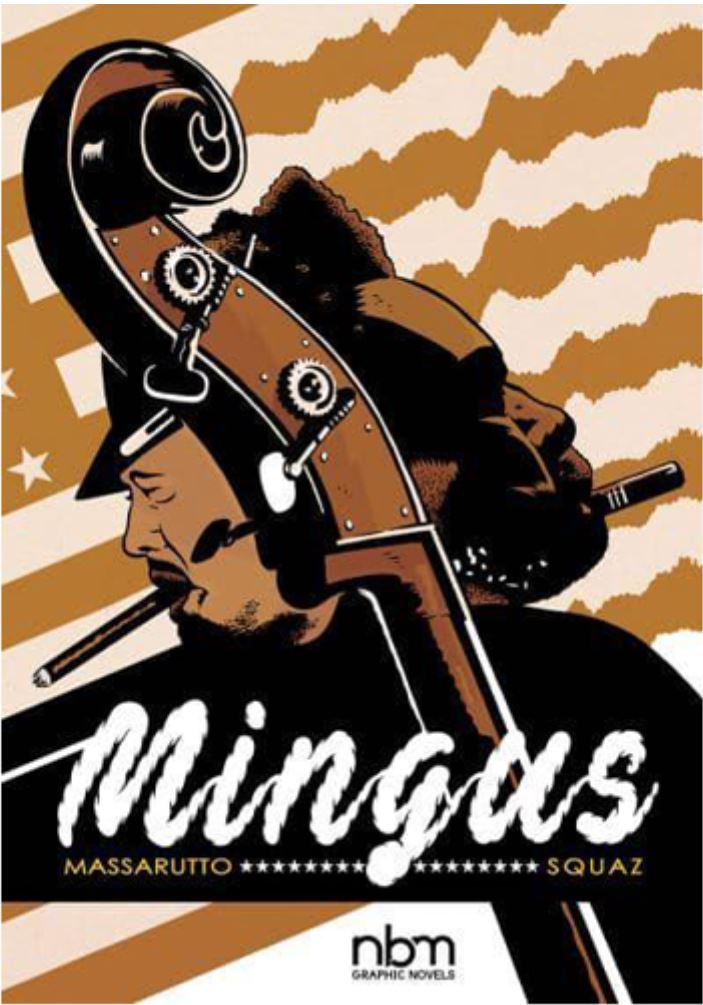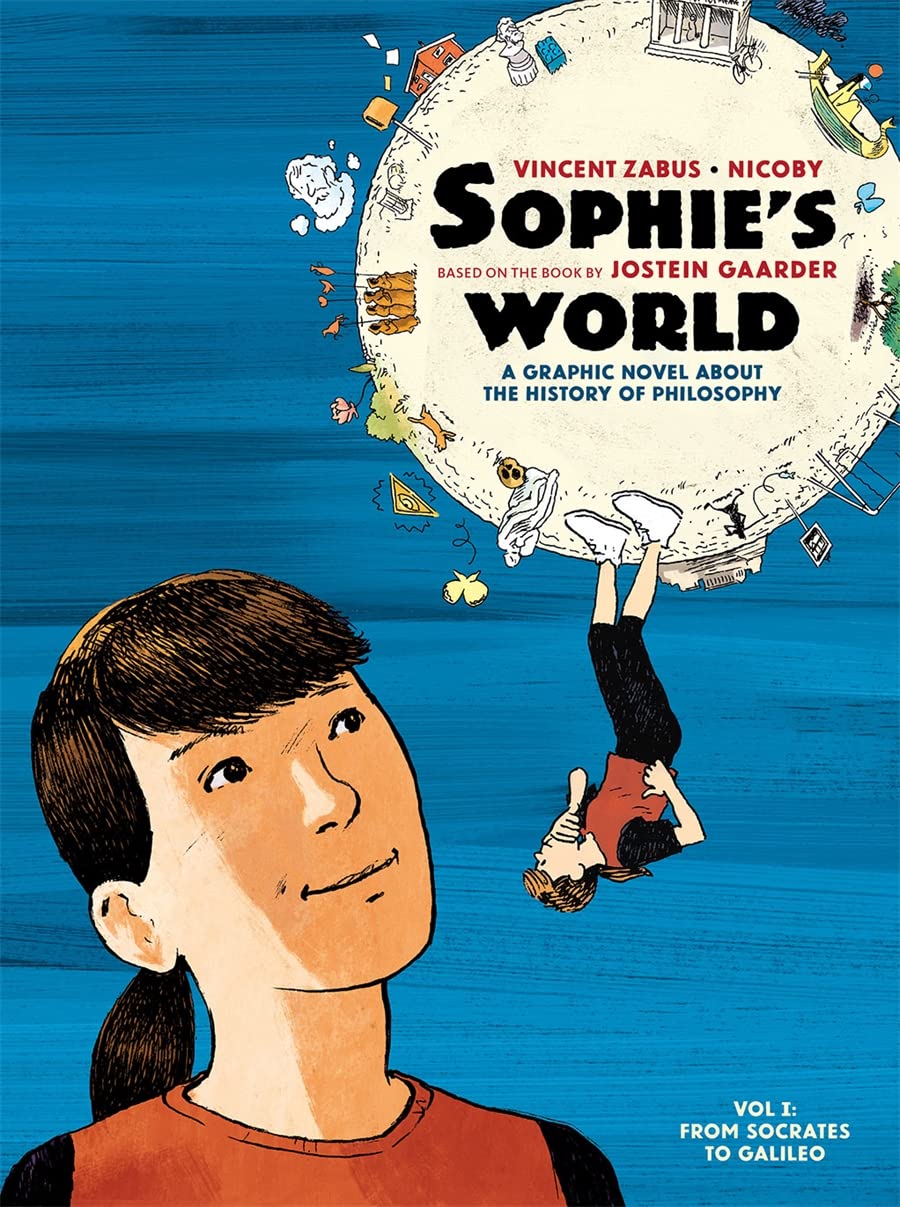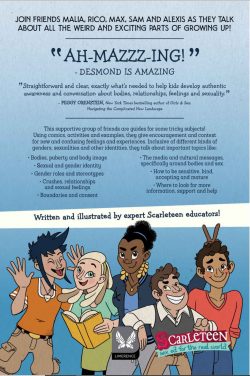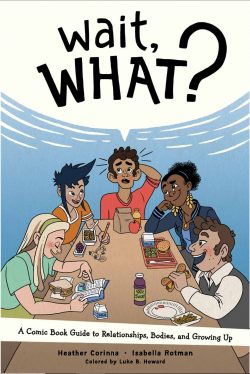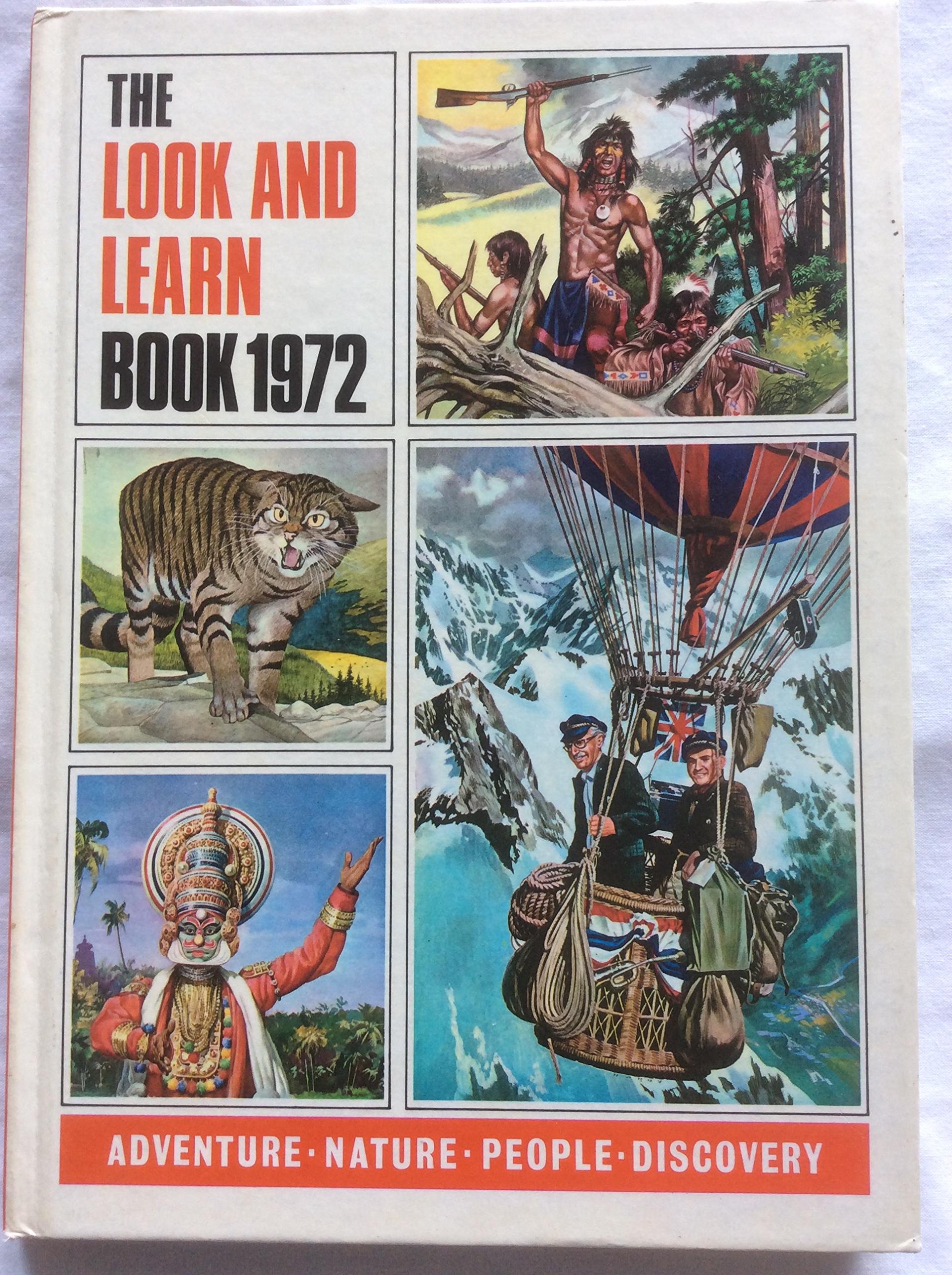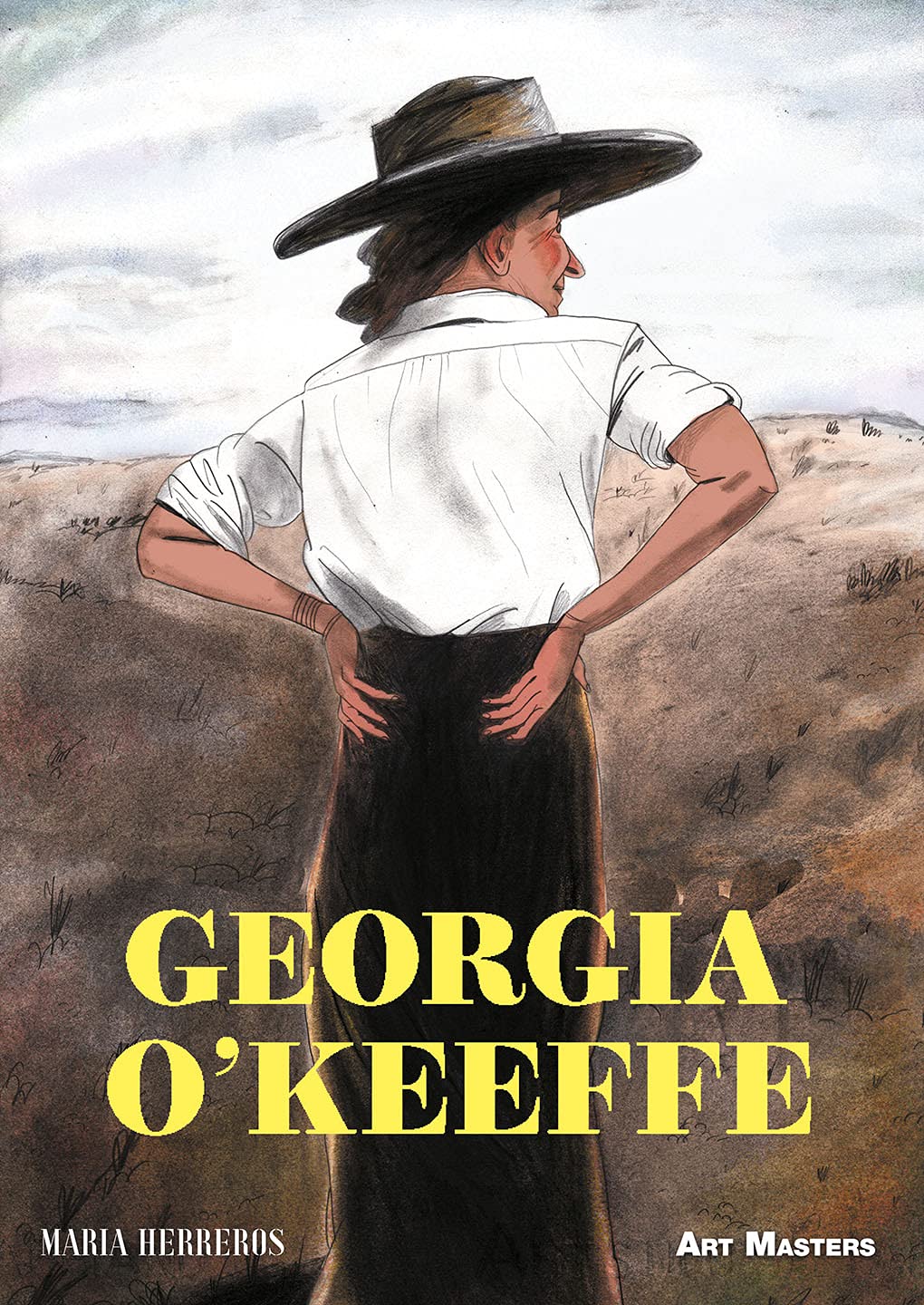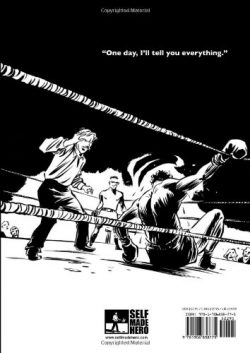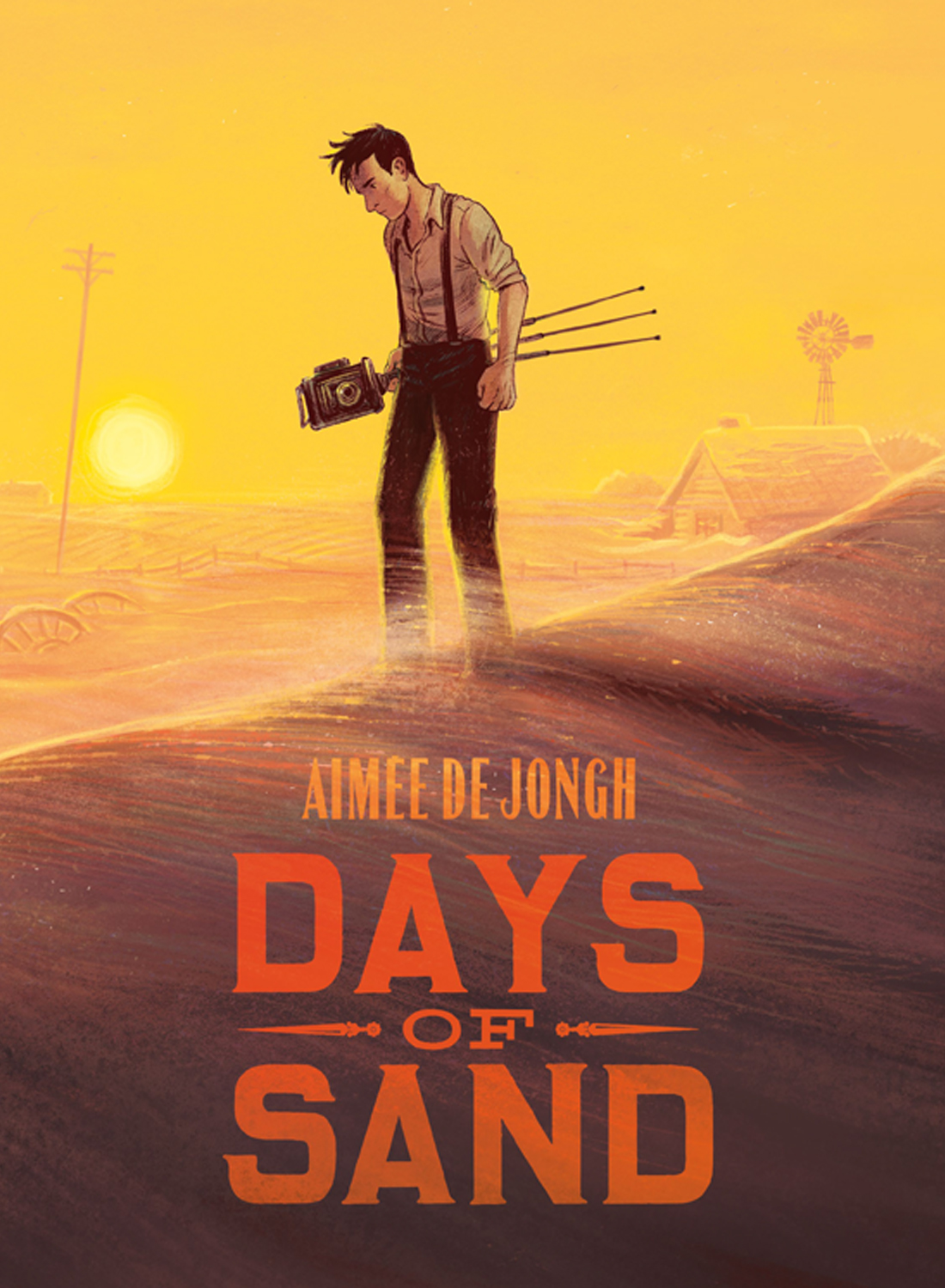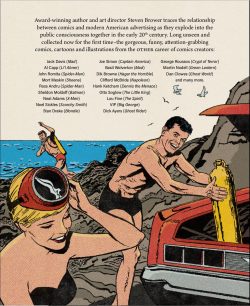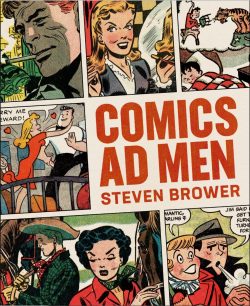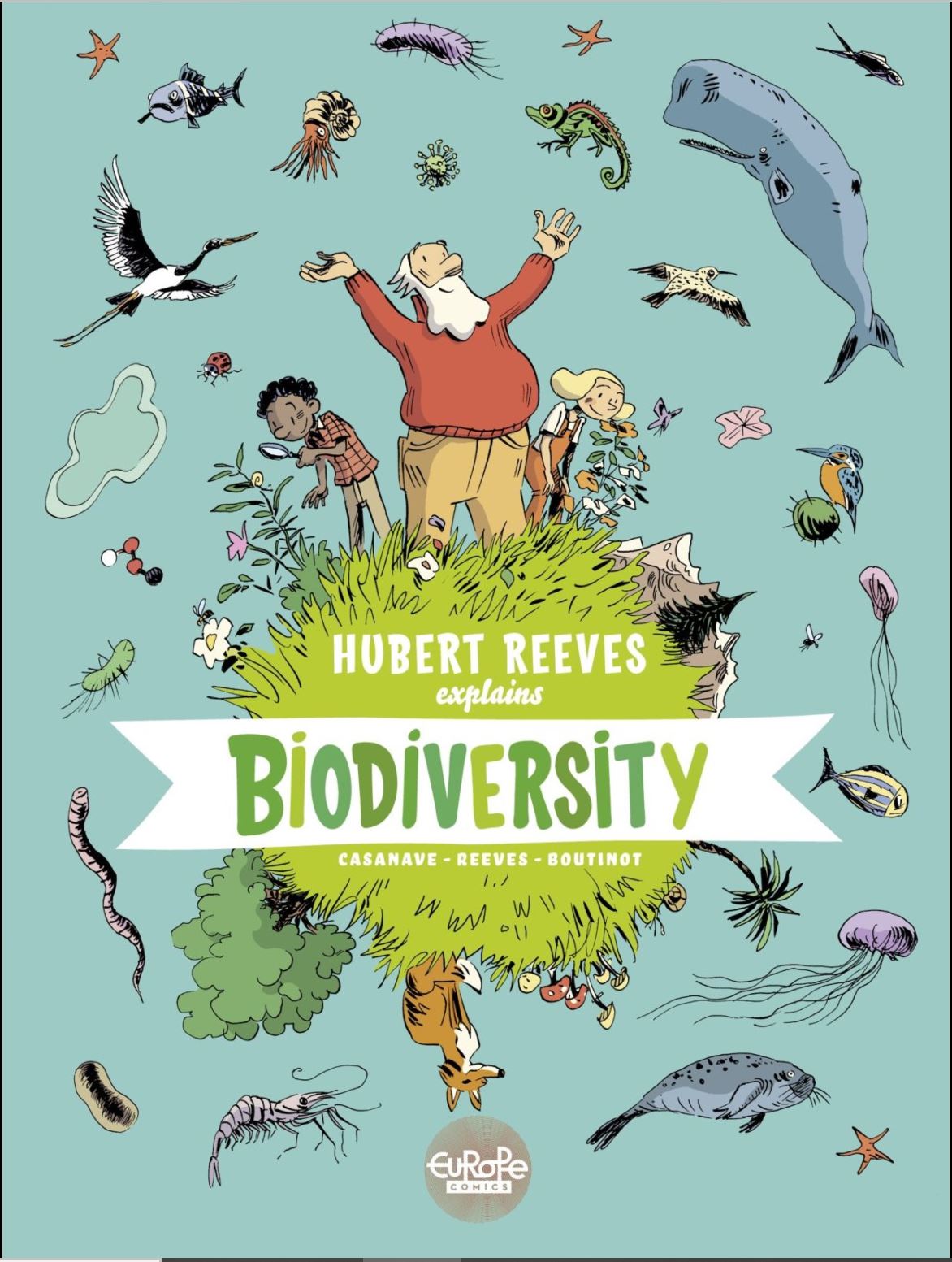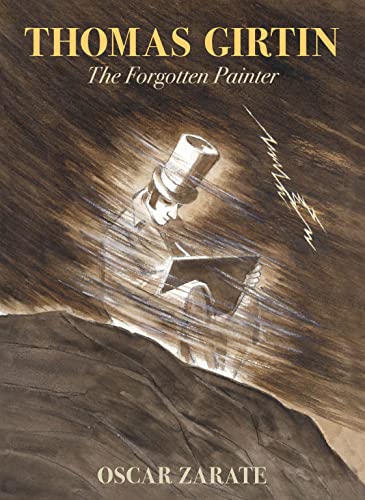
By Oscar Zárate (SelfMadeHero)
ISBN: 978-1-914224-07-2 (HB/Digital edition)
Oscar Zárate was born in Argentina in 1942. After studying architecture he worked in advertising until 1971, at which time, like so many other countrymen, he migrated to Europe. Restarting his life and career, his design and painting jobs were augmented from 1977 onwards by illustrating histories of scientific and political luminaries (the …For Beginners and Introducing… series). This led to his adapted literary graphic novels Othello (1983) and Dr. Faustus (1986). A year later he collaborated with Alexei Sayle on Geoffrey the Tube Train and the Fat Comedian and in 1991 the award-winning A Small Killing, written by Alan Moore. He also produced socially active comics strips for Fleetway’s Crisis magazine.
A creator of intellect, passion and sensitivity, Zárate has always delivered far more than expected and in his latest magnum opus advances the potential of graphic biography by combining the avowed popular rediscovery of outsider English Master Thomas Girtin: The Forgotten Painter with a compelling (hopefully, largely fictionalised) drama. The players are three modern day artistic apprentices, devout and dedicated yet adrift and floundering in their own highly personalised searches for integrity and eternal truths. Ultimately, they all finally find ways forward by looking back to a rebel genius inexplicably sidelined by history…
Arturo, Sarah and Fred are all mature-student artists who meet up at a weekly life drawing class in London. Each is passionate about their pastime but cannot escape the crippling pressures their regular lives bring. Arturo is from Argentina and still carries self-inflicted scars of betrayal and failure, as well as the shame of having escaped terror at the cost of his family. It makes him seem gruff, distrusting, weary and cynical …
Architect and imminent grandmother-to-be Sarah is crippled by a different kind of guilt: perpetually wracked by how she is not good enough at anything she does. This recently remanifested when her greatest friend from art school reached out after decades of silence and separation. Back then, Sarah had abandoned and ghosted her on the cusp of success and greatness and has ever since writhed in the torment of debilitating guilt only Catholicism can (self) inflict.
Poor Fred is perhaps the most troubled: an honest, fair-minded worker who accidentally uncovered high levels of tax fraud at work. Even after losing his job because of it, he is still being pilloried: on one side pursued by a journalist who wants him to become a whistle-blower and on the other by a gang of heavies his former bosses hired to ensure his silence…
For nearly a year the trio have gradually become friends, discussing art in after-class pub sessions. Now Fred has become an impassioned zealot with a new love. He’s discovered an 18th century genius who changed the shape of English watercolour painting and then simply vanished from public view and memory.
It’s an injustice Fred is determined to set right…
The story of Thomas Girtin is woven throughout their cumulative tale. He is an intriguing mystery and shining exemplar whose gradually reconstructed history inspires each modern-day acolyte to change the course of their own life. Arturo finds strength from the tragically ill-starred artist’s resolve and courage at a time of widespread and earthshaking political unrest: an outright proudly rebel republican in an avidly monarchist nation, despising, decrying and working against the patronage system that supported his work and kept him in luxury.
Sarah finds inspiration in the driven quest for an almost-mystical connection to Nature and a higher truth. Young Girtin was a contemporary, rival and friend of latterday English icon JMW Turner, and at the turn of the 18th century was rapidly growing in renown. Already recognised as a groundbreaking pioneer outselling his old schoolmate in the cutthroat and exploitative art scene of the day, Girtin never rested, but continually strove to capture the fundamental revelations of reality.
That all ended with his early death in 1802, aged 27. Crucially for Sarah, in his search for the truth of time and the cosmos, Girtin martyred himself: dying due to his own obsessive compulsion to capture the elements in all their ferocious fury and restorative glories…
As for Fred, Girtin’s life increasingly becomes his own. Resurrecting and redeeming the lost painter’s reputation and sharing his mastery with the world becomes his reason for living, driving him to make a pilgrimage in Girtin’s footsteps and thereafter reorder the course of his own remaining years…
The twinned stories are subtly and smoothly presented by Zárate using two different styles of illustrative painting; mixing modern-day pastel tones with stark, sepia-tinted historical episodes that reveal – in his and his characters’ eyes at least – who Girtin was and how he lived, thrived and died.
As this monumental tome unfolds and tellingly argues for Girtin’s popular revival and reassessment, the most convincing asset in that campaign are the beautiful original Girtin works. The reproductions of his greatest triumphs – “View near Beddgelert”, “Estuary of the River Taw, Devon”, “Storiths Heights” and his undisputed masterpiece “The White House at Chelsea” – are judiciously folded into the text and include a selection of large gatefold images.
This is a book about Art and a story of artists, operating on the principle that what we see which moves us, we need to share. Once the story’s done here, that can be easily first facilitated by reading erudite and engaging endpiece ‘Thomas Girtin (1775-1802) An Afterword’ by Dr Greg Smith, (Senior Research Fellow, Paul Mellon Centre for Studies in British Art) and the attendant Acknowledgements, Permissions, and copious Bibliography sections.
You can always check him out yourself. There are many places online to see Girtin’s work, and even a few museums, if you’re pushy. Then go tell a like-minded friend.
© Oscar Zárate 2023. All rights reserved.

